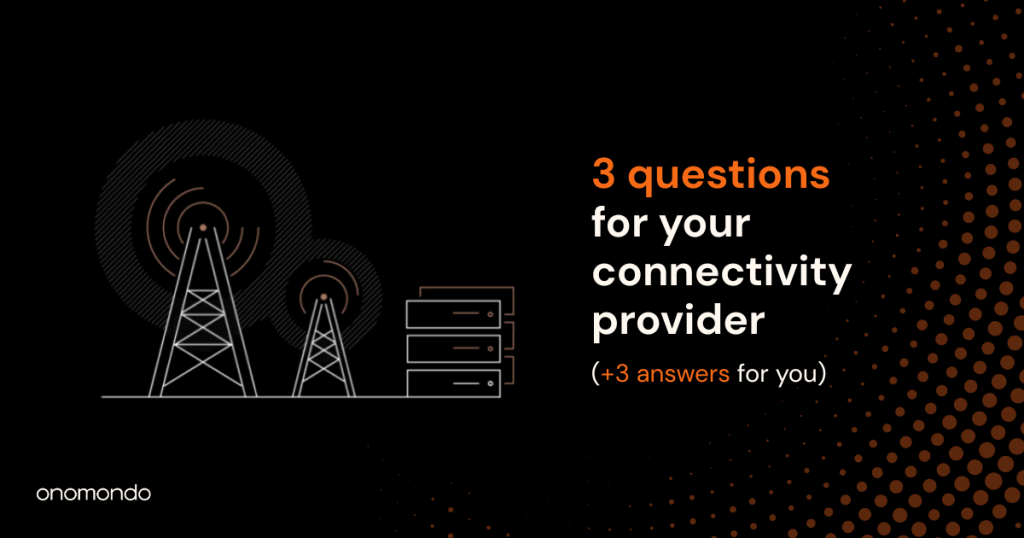In the cellular IoT domain, power consumption is one of the main focal points for optimisation pre- and post-deployment.
By making devices more energy efficient, you can extend the lifetime of your device, decrease production costs, and reduce battery sizes – all very handy attributes for IoT devices in any industry!
Data consumption is directly linked to power consumption in cellular IoT connectivity. Simply put, use less data and you’ll use less power.
Our IoT Connectors white paper shows you how to dramatically reduce data usage and increase battery life for IoT devices.
Read the white paper by filling out the form below to find out the details of how Cloud Connectors are great for low-power IoT devices. In short, our IoT Connectors reduce data consumption by moving the encryption to the network. We strip away unnecessary data wrapped around payloads and move SDKs from the device to the network.
Our tests showed a 45% reduction in overall power consumption on 2G and LTE-M networks using the Connectors method!
Table of Contents
How Connectors reduce data and power consumption
Thanks to Onomondo’s deeply integrated global cellular network, we can shift SDK logic into the network and dramatically simplify device connectivity. Nevertheless, data remains encrypted between the device and the core network according to cellular standards.
Here’s a quick example of how Onomondo Connectors work using some basic header and payload data.
To send a payload to the cloud, you need:
- IP around 20 bytes.
- TCP normally 60 bytes.
- TLS around 6,500 bytes.
- MQTT normally 10 bytes.
- Payload 10 bytes for sending a temperature reading.
If you send this information every 15 minutes with the SDK, you will use about 18 MB per month.
Onomondo Cloud Connectors move encryption and other superfluous connectivity logic into our Core Network.
Now to send a payload, you only need:
- IP around 20 bytes.
- Payload 10 bytes for sending a temperature reading.
If you send this information every 15 minutes using Onomondo Cloud Connectors, you will only use about 0.30 MB per month.
That adds up to massive data savings and improved energy efficiency for a fleet of IoT devices.
We measured the effects of Connectors
We tested Connectors on our in-house development kits specifically designed to help customers debug connectivity and get started with the Onomondo IoT Connectivity Platform.

Factoring out the MCU power consumption and focusing on connectivity power draw, a 45% reduction is observed for LTE Cat-M1.
The IoT Connectors white paper shows that it’s possible to almost halve the connectivity power consumption of a non-optimized IoT device with minimal effort.
Overall, this saving will impact devices differently depending on the use case and power drain of non-connectivity components.
But even if the total power saving amounts to 5-10% of the devices total power consumption, this represents a significant efficiency gain across device fleets.
Read the full report by filling out the form below.






